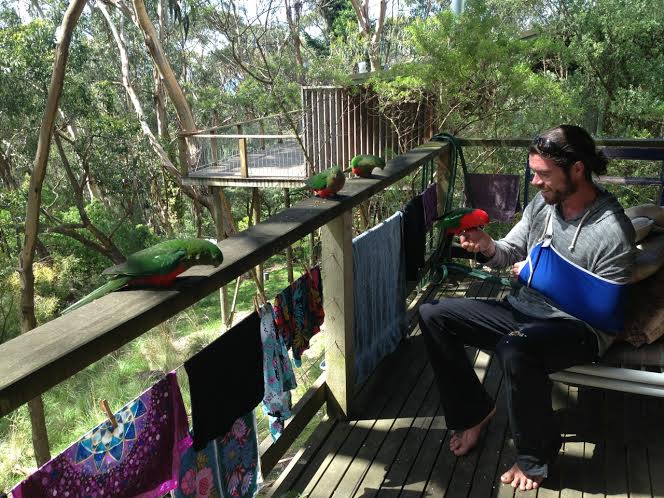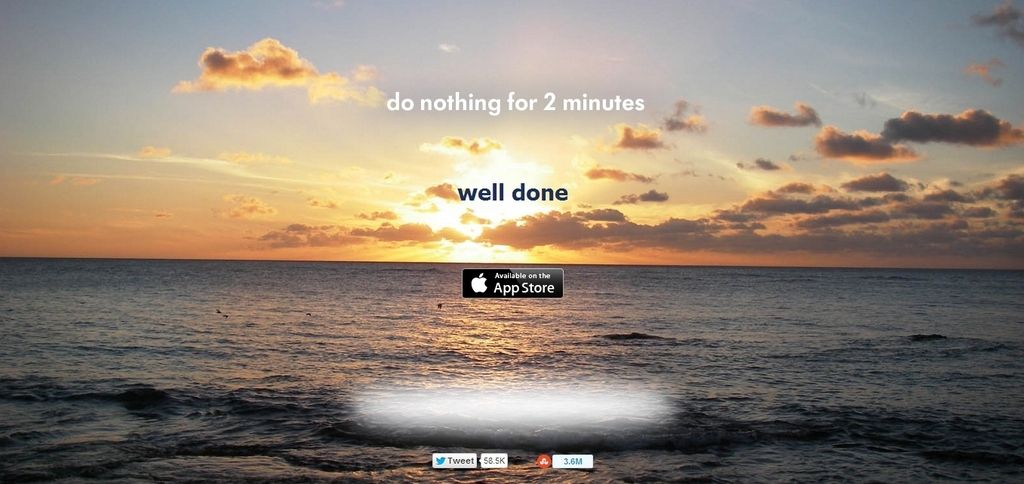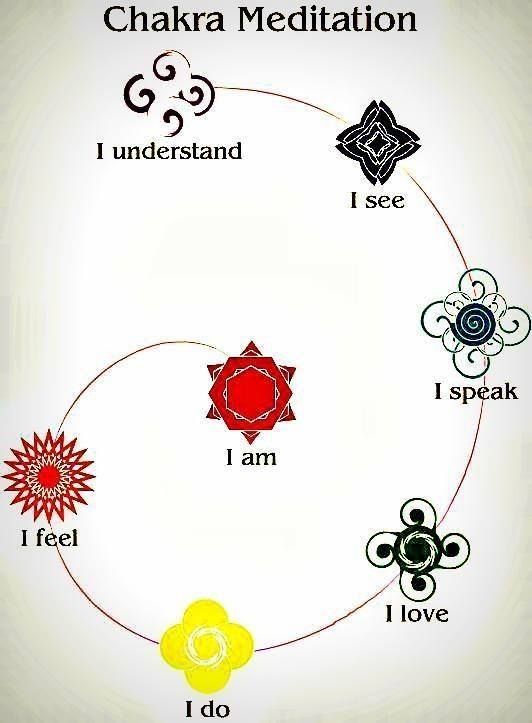What is Svadhyaya? Words from our teacher inspired by the Yoga Sutras of Patanjali, Sadhana Pada, Sutra 43
This article was inspired by the Yoga Sutras of Patanjali, Sadhana Pada, Sutra 43:
Svadhyayat istadevata samprayogah
(Translated) Self-study leads towards the realisation of God or communion with ones desired deity.
Quite regularly I ask myself questions, what does my life mean to me? How do I feel? Is what I’m currently doing making me happy? What do I want to offer? What do I want to receive?
In doing so I’ve become increasingly aware that what I offer to myself and others will directly influence the quality and value of what I receive. To borrow an astute Indian phrase: if you plant onions seeds, don’t expect mango trees.
What have I been planting? What do I even want to harvest? And if the Buddha was right with “What you think, you become” then what will I become if I’ve ignored my own avid cerebral farming!
So how do I sort my seedbank? Over the years I’ve discovered what works (well for me at least) is quite simply self enquiry. The act of questioning myself and allowing space for unhindered feedback. Or as Patanjali would put it ‘Svadhyaya’.
Now there are varying ‘depths’ to Self enquiry, having studied and practiced the teachings of Ramana Maharishi – possibly the most accomplished ‘Self enquirer’ of our modern age, I realised (sadly not with a capital R!) that I’d most probably be broke both financially and egoically before Realising that I am indeed That….That I am. So I terrestrialised my desires a bit…opened my eyes, got off the cushion and began enquiring about and diving into life. Life is my practice.
And if life is my practice, who is my Guru? Well….I am! If I ask my body what it wants and I actually listen, it tells me. Whether that be the food I eat or the asana I next move into. If sit by a river and ask myself What am I hearing? What am I feeling? What am I seeing? What am I smelling? I become that place….I become natural….I become ‘present’. If I ask myself what makes me happy? What are the moments in my day that I enjoy the most? I can’t help but work towards expanding those moments.
A wise person once wrote – “Don’t ask yourself what the world needs, ask yourself what makes you come alive. And go do that, because what the world needs are more people who have come alive!
Indeed.
Life as practice is a journey from pole to pole, darkness to light, pain to pleasure, ignorance to awareness, selfish to selfless. Yes we will experience darkness, yes we will feel pain, yes we will be ignorant and yes we actually must learn to be selfish. To be selfish is good, it will blossom and contentment will be the fruit for ourselves and those around. If we cannot please ourselves or cultivate our own happiness then how do we propose to spread this to others?
If we plant enough mango seeds within ourselves and reap the fruits of those actions, we will become the mango seed! Metaphorically speaking of course.
As Gandhi so wisely put – “Be the change you wish to see”.
If you wish to make a difference, firstly with yourself then become selfish and self enquire…ask yourself what makes you tick, embark on a voyage from selfishness to selflessness….life will present itself to you and you will be the present.
~Rory
We’re delighted and grateful to say that from this point forward, Rory will be contributing to Lucid Practice on a regular basis, sharing his lucid insights on yoga and life. If you’re so inclined, please welcome Rory to Lucid Practice in the comments section of this post.




